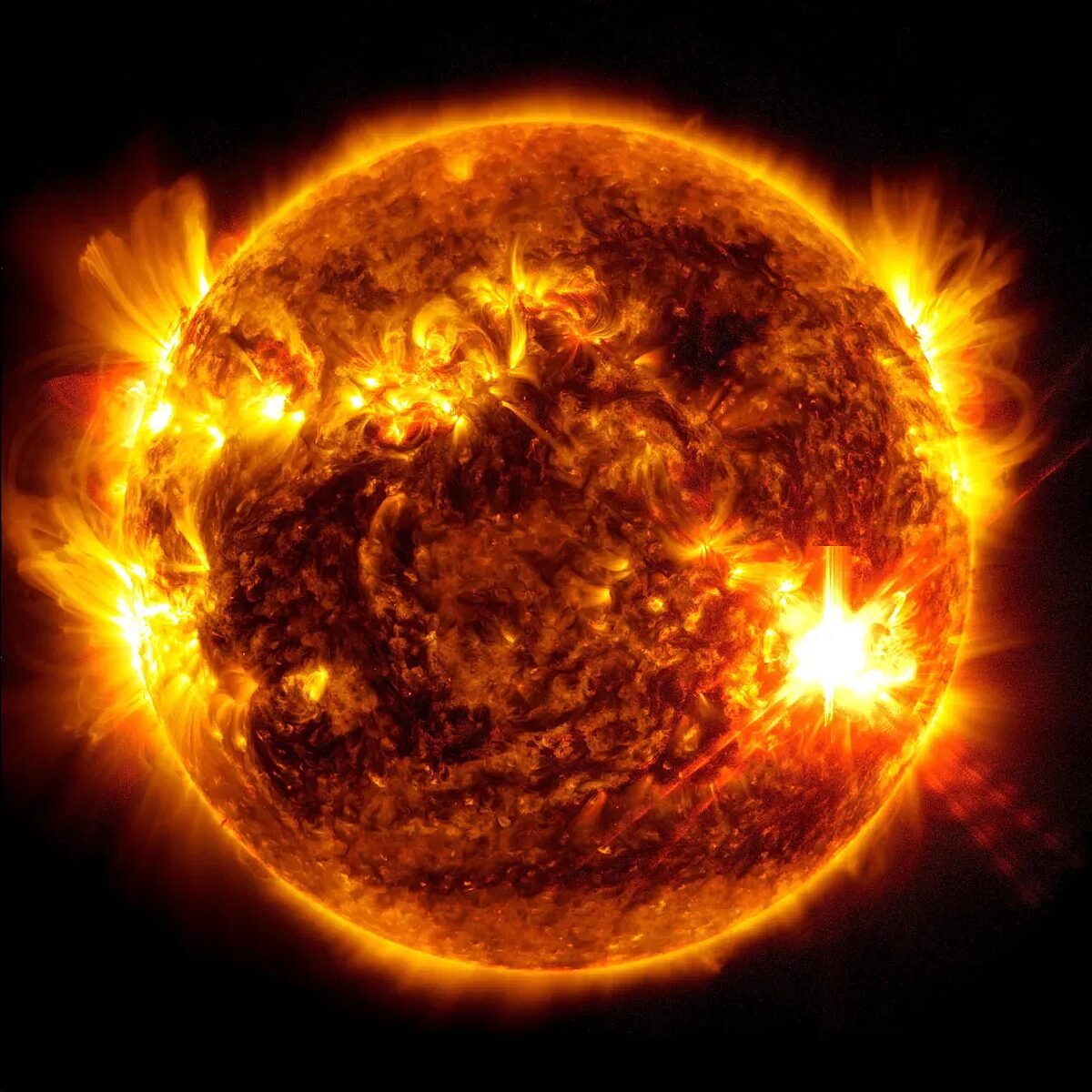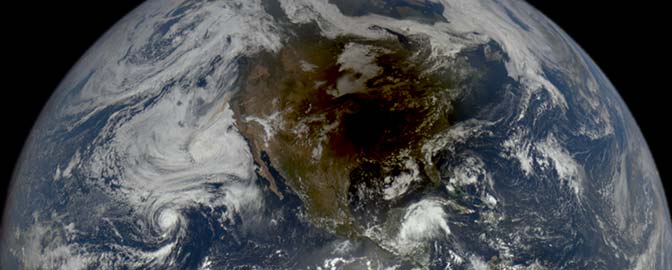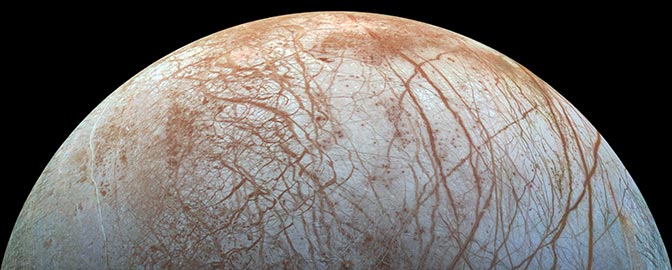The coolest new space pictures: May 2024
This month, our active Sun created dazzling aurorae that were seen by skywatchers around the world. The Sun is nearing the peak of its 11-year solar cycle, during which time more sunspots than usual appear. Sunspots are associated with solar flares, which emit intense bursts of radiation and charged particles:

Some of these charged particles get trapped by Earth’s magnetic field and interact with the gases in our atmosphere. The result is a dazzling light show known as the aurora borealis in the Northern Hemisphere, and the aurora australis in the Southern Hemisphere. Blues and purples are caused by interactions with nitrogen, while greens and reds are caused by oxygen.


Here are some other images that caught our attention this month:









 Explore Worlds
Explore Worlds Find Life
Find Life Defend Earth
Defend Earth

